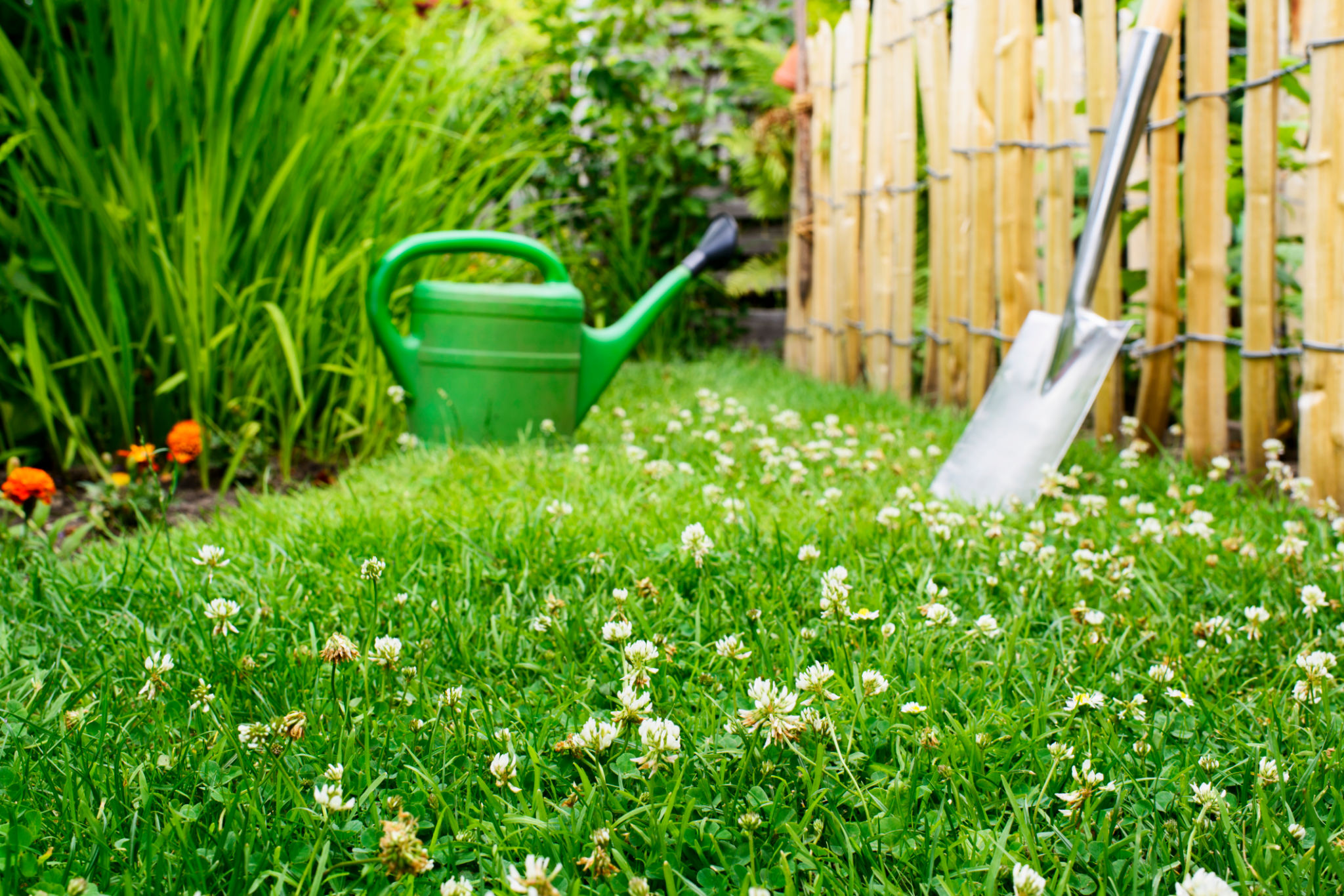Common Misconceptions About Clover Lawns: Myth vs. Reality
Introduction to Clover Lawns
In recent years, there has been a growing interest in alternative lawn options, with clover lawns gaining popularity due to their eco-friendly benefits. However, several misconceptions about clover lawns may deter homeowners from considering them. This article aims to debunk common myths and present the realities of clover lawns.

Myth: Clover Lawns are High Maintenance
One of the most prevalent misconceptions is that clover lawns require a lot of maintenance. In reality, clover is a hardy plant that is relatively low maintenance compared to traditional grass lawns. Clover typically requires less frequent mowing and can maintain its lush green appearance with minimal watering.
Unlike grass, clover is drought-resistant and can thrive in poor soil conditions. This makes it an excellent choice for those looking to reduce their lawn care efforts. Regular mowing may not be necessary, as clover naturally grows to a manageable height.
Myth: Clover Lawns are Unsightly
Some people believe that clover lawns are not visually appealing and can appear patchy or unkempt. However, when properly established, clover lawns can provide a uniform, vibrant green appearance that rivals traditional grass lawns. The small, white flowers that bloom in the spring and summer add an attractive touch.
Moreover, clover's ability to stay green even during dry spells ensures a consistently attractive lawn. With its dense growth habit, clover can also suppress weeds, reducing the need for herbicides and maintaining a clean look.

Reality: Clover Lawns Support Biodiversity
One of the significant benefits of clover lawns is their positive impact on local biodiversity. Clover attracts beneficial insects such as bees and butterflies, promoting a healthy ecosystem in your backyard. This is particularly important as pollinator populations face global declines.
By choosing clover over traditional grass lawns, homeowners can contribute to environmental conservation efforts while enjoying a beautiful and functional outdoor space.
Myth: Clover Lawns Are Prone to Pests and Diseases
Another misconception is that clover lawns are more susceptible to pests and diseases. Contrary to this belief, clover is naturally resistant to many common lawn pests and diseases. Its dense growth pattern creates an environment where pests and diseases struggle to take hold.
In fact, clover's natural resilience means fewer chemical treatments are needed, making it an environmentally friendly option for those seeking a sustainable lawn solution.

Conclusion: Embracing the Benefits of Clover Lawns
Clover lawns offer numerous advantages over traditional grass lawns, including low maintenance requirements, visual appeal, support for biodiversity, and resistance to pests and diseases. By dispelling these common myths, homeowners can make informed decisions about incorporating clover into their landscaping plans.
Embracing clover lawns not only benefits your property but also contributes positively to the environment. With these realities in mind, it's clear that clover lawns are a viable and attractive option for modern landscaping needs.